This summer there will be very few tourists from Russia again in Europe. How does this affect business in European countries?
In connection with the Russian invasion of Ukraine, according to Schengen Visa Info, in 2022, 90% fewer Russians vacationed in Europe than before. It is unlikely that this figure will change in 2023. How things are in the tourism sector of European countries, consider the example of the Czech Republic, Latvia, Spain and Finland.
However, the richest Russians continue to visit countries EU, but middle-class tourists have almost completely disappeared – due to difficulties with logistics and high prices. That is, because of the construction by the West of barriers to support Kyiv, not seen since the Cold War. How the loss of Russian tourists affects Europe itself, figured out edition of Euronews.
Latvia
Latvia is a real magnet for travelers from Russia due to its location and historical connections. After the COVID restrictions, from which the country’s tourism industry has been significantly affected, the loss of Russian tourists has been a real blow. In September 2022, due to the war in Ukraine, they were banned from entering the country, and Latvian Foreign Minister Edgars Rinkevics tweeted:
“You are not welcome here – you must stop the war against Ukraine and get out of this beautiful country!”
Vladislav Koryagins, CEO of Baltic Travel Group, told Euronews:
“Russia was an important market. Of course, we miss it. From an economic point of view, this decision may not have helped local businesses. But on a political level, we support Ukraine. This is the right decision. People understand that we cannot accept Russian tourists in while their soldiers are attacking the Ukrainians.”
Koryagins notes that the “big blow” is that many Europeans now see the Baltics as unsafe and perhaps even “the next target” for Russian troops. But now such misconceptions are becoming, fortunately, less and less.
According to the Latvian tourism sector, after February 2022, about 70% of group bookings have been cancelled. However, the industry did not accept the losses. It enters new markets, such as the Gulf countries, and becomes more efficient by reducing labor costs. Koryagins is optimistic: “The truth is that we have adapted.”
Finland
Before the start of the war, about 1.2 million Russian tourists crossed the border with Eastern Finland every year in buses and cars. Some of them stayed in hotels, but most came for one day and spent money in local supermarkets in the city of Lappeenranta – an average of 170 euros per day. Tourism Director Mirka Rahman says:
“People who served the cross-border traffic are no longer in business. There were many buses bringing visitors daily, but they were all Russian, not Finnish companies. They bought clothes, washing powder, chocolate, fish, mostly food from the supermarket because Finnish brands are known for their high quality, some of which they take home for themselves and some to sell.”
Now the flow of visitors across the EU’s longest border with Russia has been reduced to negligible – it is limited to persons with dual citizenship or long-term residence permits. South Karelia has lost about 100,000 Russian tourists since the beginning of the war. But now Lappeenranta has become more Finnish-oriented and is looking for customers in Germany, Italy and the Benelux countries – tourists who spend much more per day than Russians. Rahman says:
“Trends have changed. No one here is counting on the return of the Russians.”
Spain
Russians have never been the majority of tourists in Spain, but the Russian Federation was inferior in number only to the British, Germans and French. Russians have been one of the fastest growing tourist groups in recent years, according to the Salou-Cambrils-La Pineda Hotel Association. In 2019, for example, about 1.3 million Russian travelers arrived in Spain, i.e. 1.3% of the total number of tourists, according to the National Institute of Statistics.
Now their absence is felt, as some regions are more dependent on Russian tourists than others, such as the Costa Dorada, where they make up 10% to 15% of all visitors. The President of the Association of Hotels of the Costa Dorada in Catalonia, Albert Savet notes:
“Last year the consequences of the absence of Russian tourists were obvious, and this year they are also noticeable.”
In 2019, 1,290,000 nights were booked in hotels in the region, and now this figure has come to naught – except for “one or two Russians.” Russian tourists were distinguished by a high level of luxury consumption, which supported specialized local businesses, Savet says:
“When they were here, the Russians spent because they came from afar. They went on a lot of excursions and bought local products because of the attractiveness of wine, oil, sausage, clothes. Their behavior was different from the British, who come for the sun.”
Czech
Czech spa resorts are facing a sharp decline in wealthy Russian tourists. Karlovy Vary, Marianske Lazne and Frantiskovy Lazne saw a glimmer of hope when UNESCO listed them as World Heritage Sites in 2021. However, the joy was short-lived. After Russian tanks crossed the Ukrainian border, the country joined the European sanctions. The share of Russian customers who spent the most here and stayed for a long time fell from 61,000 in 2019 to just a few thousand last year. Director of CzechTourism Jan Herget notes:
“The average Czech tourist spends about 700 crowns (€30) a day. Russian-speaking guests spend more than 3500 crowns (150 euros).”
But the loss of tourists from Russia is only part of their problem. Spa towns are facing a shortage of staff as the Czech Republic’s unemployment rate has stood at 3.5% over the past two years and inflation is only now starting to ease from a record high of 18% in September.
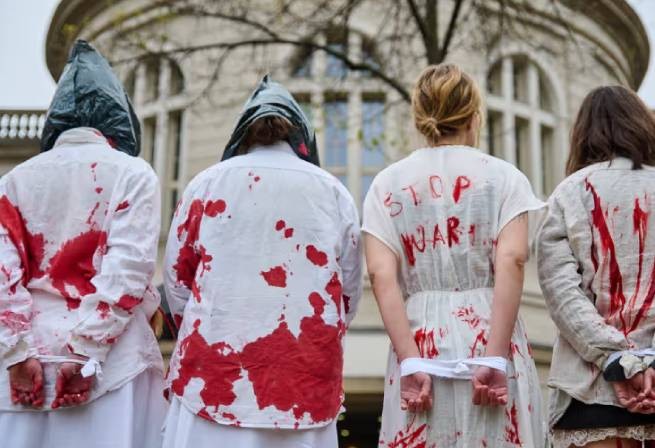
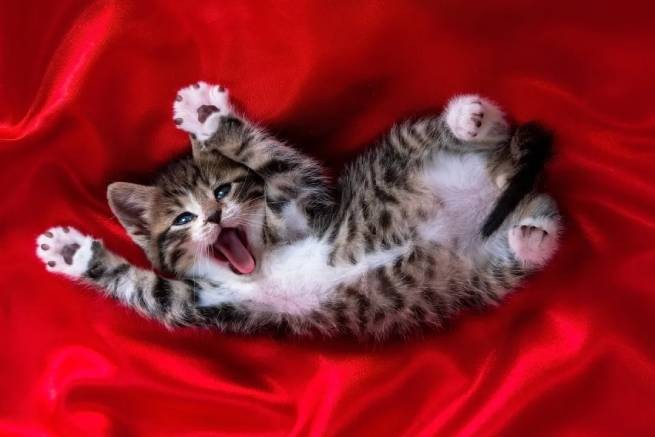
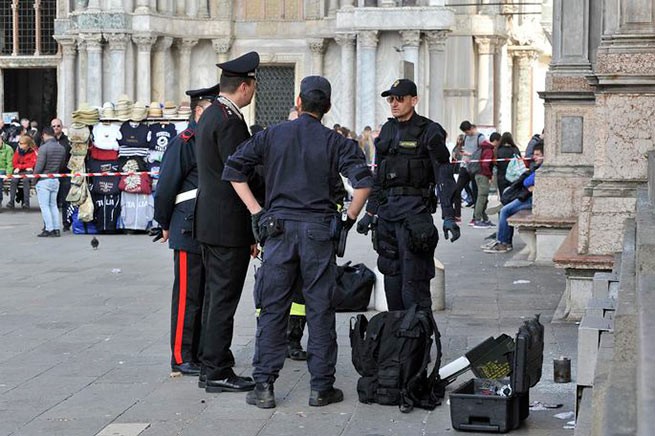
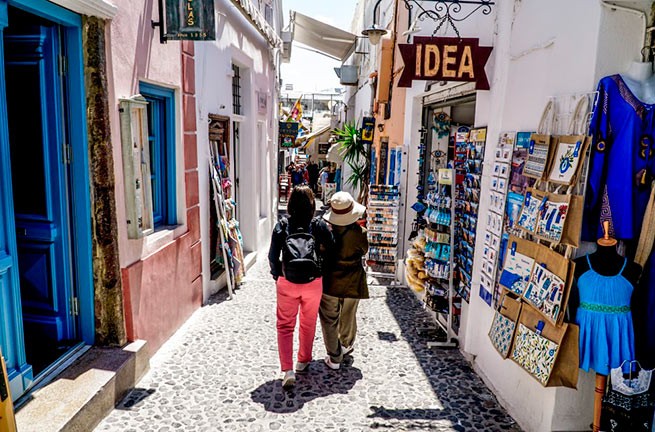
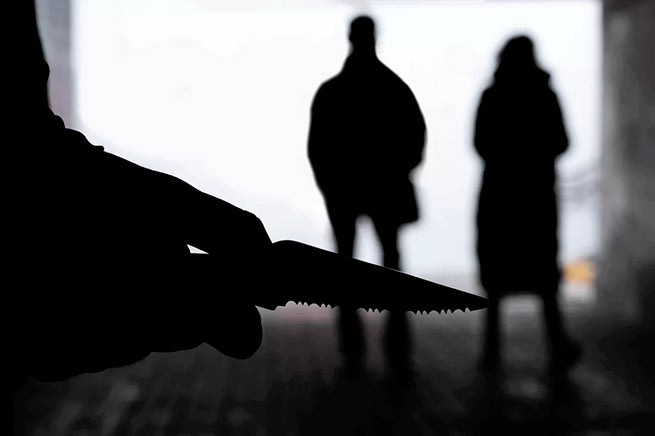
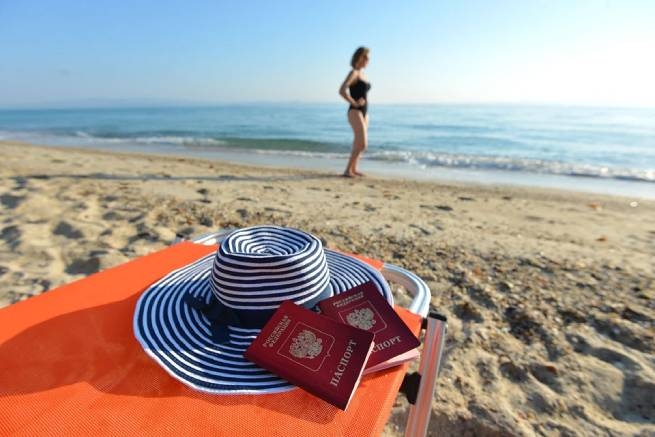

More Stories
EU employment record: Greece "stuck" in a low position
“Bonus” of 300 euros for the long-term unemployed
Turkish tourists choose Samos for their holidays